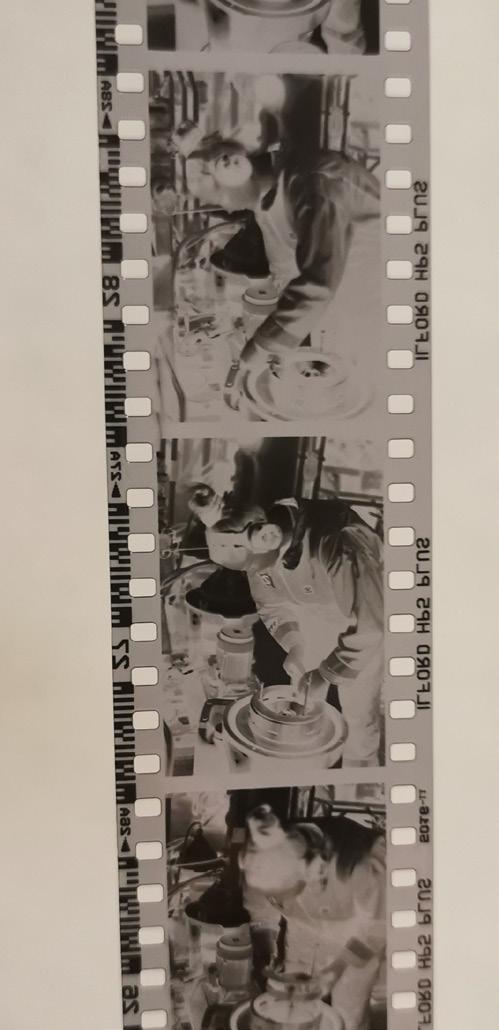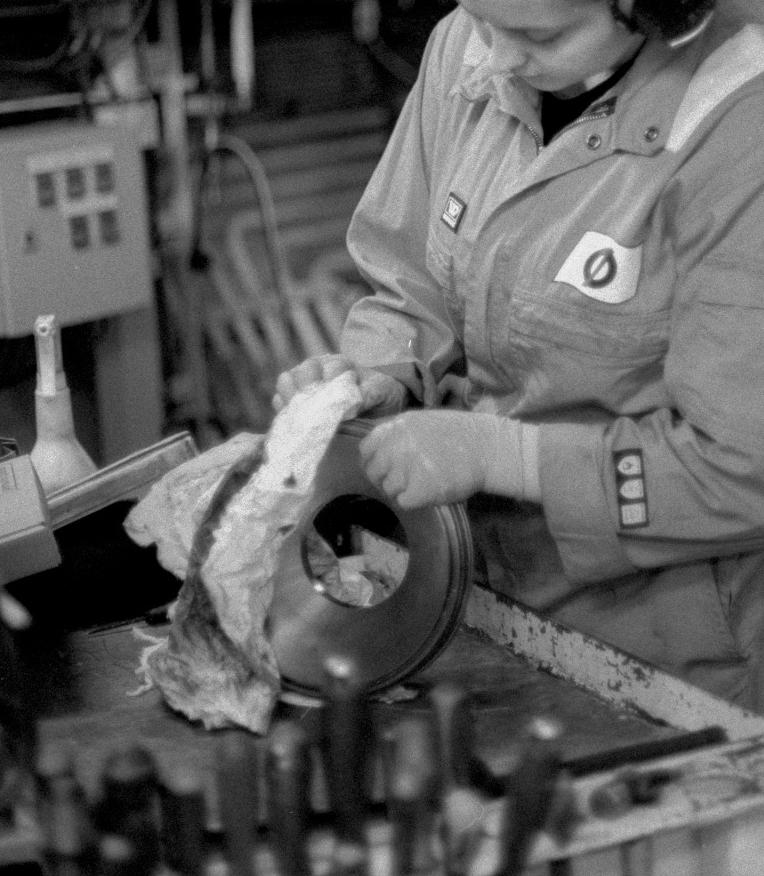
2 minute read
Great value in old techniques


Advertisement
Master Håvard Melvær are developing his own photo prints on board Edda Fjord. There is still great value in traditional techniques.
BY HELENE B. HELGELAND // PYX
Håvard Melvær bought his first camera in the late 1990s, and since then the interest in photography has increased a lot. He is particularly enthusiastic about analog images and has been developing his own negatives for nearly a year.
- There’s something about analog pictures, they have a little more soul. There is less focus on it being so clinically perfect, which makes the subject appear better. Black and white images, in particular, have good storytelling qualities,” says Melvær.
He enjoys using old-school techniques and old cameras, which he buys on eBay, preferably several at a time. Melvær says that he has 25-30 cameras at home and that he always finds one that works.
- They had good quality in the old days. One of the cameras I have onboard now is from 1984. It has good stability but had to be taped together after I inserted the film so that it would not let light in. Then it worked fine.
OFFSHORE DARKROOM
The favorite motive is people in activity. This, in addition to busy days at home, inspired him to bring his camera and darkroom equipment on board. - I concluded that instead of planning for more than I have time for at home, I could bring it on board. Here I have access to people doing their work, and to develop photographs you need nothing more than a sink and a shelf.
The Master says that the crew has become accustomed to being photographed, and there is mostly a roll of film every other day. His bathroom has become a darkroom, with what he needs from chemicals and a developer tank. The pictures are hung to dry in the shower.
“It gives me something to do in the evenings”, smiles Melvær. “I develop pictures for about 20 minutes after we have had dinner, then they hang out to dry for a few hours, and then I digitalize them in before I go to bed. This is the first trip with a darkroom on board, but now the infrastructure is in place, so I’m probably going to get on with it.
Melvær reminds us that there is actually a long tradition of developing pictures onboard vessels.
“In the old days, both military vessels and research vessels developed photographs onboard. It was normal. Some parts of the chemistry are based on things they discovered when they developed at sea and discovered that washing the films in saltwater was faster than in freshwater”.










